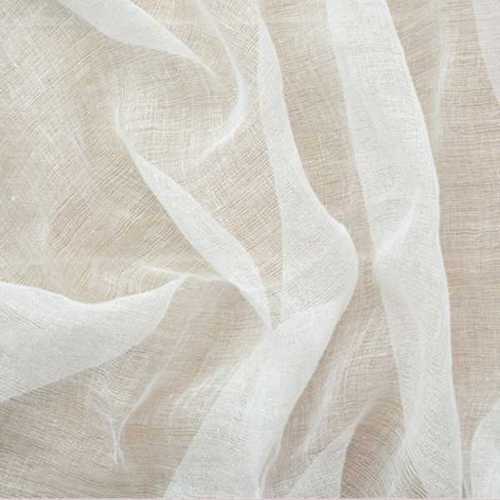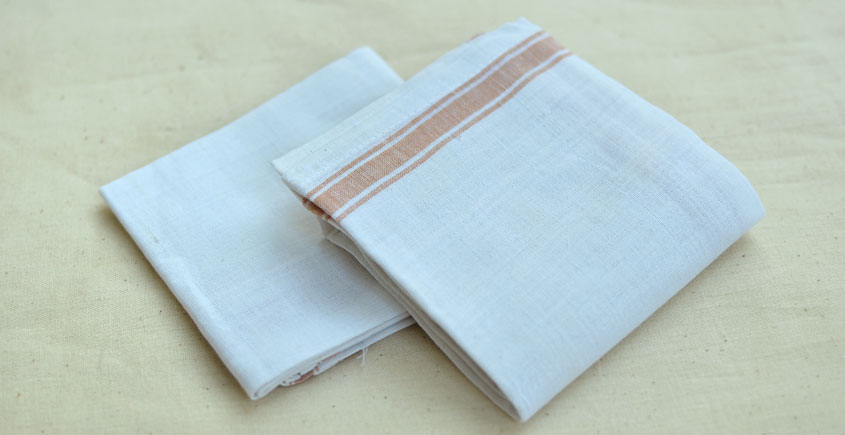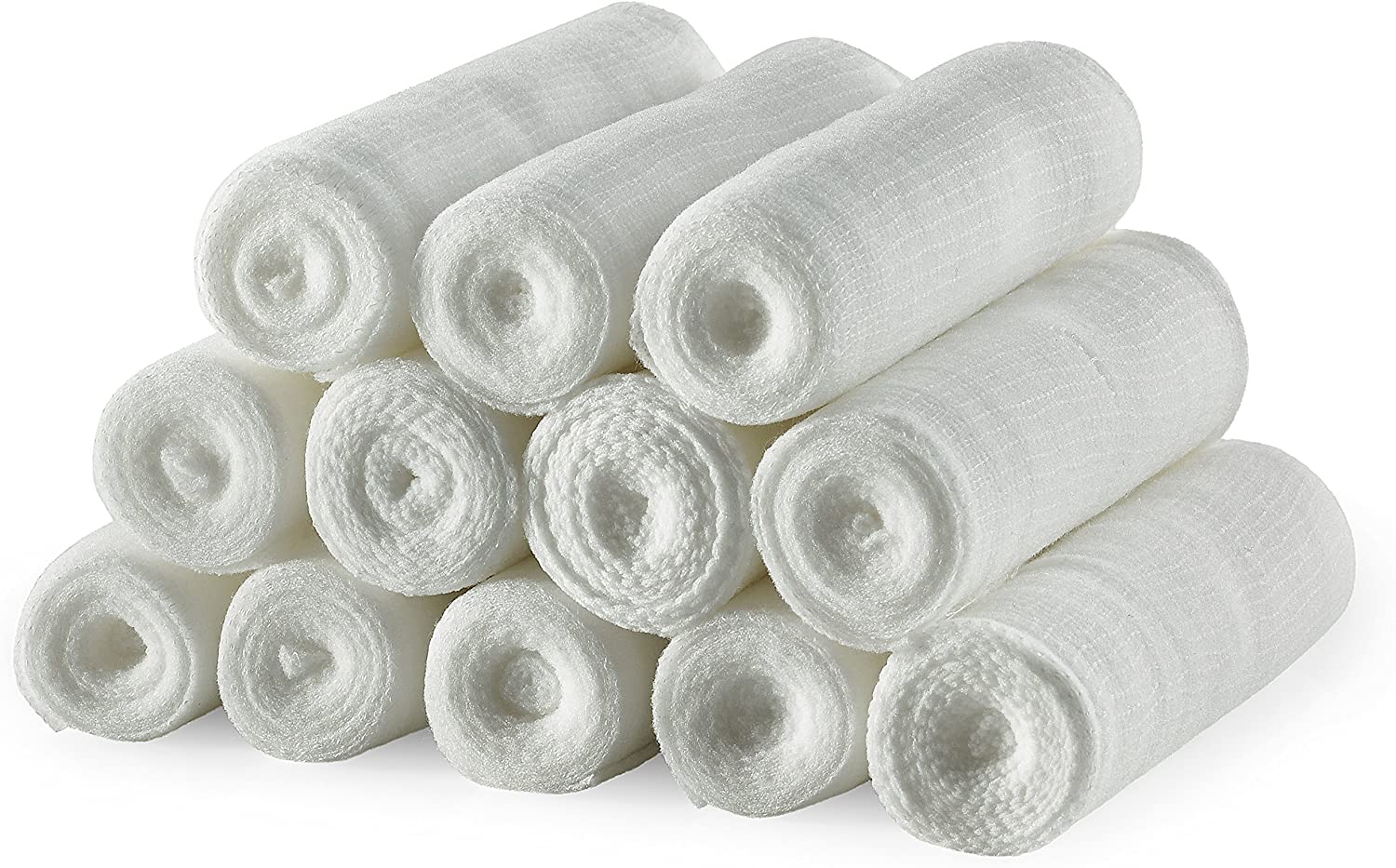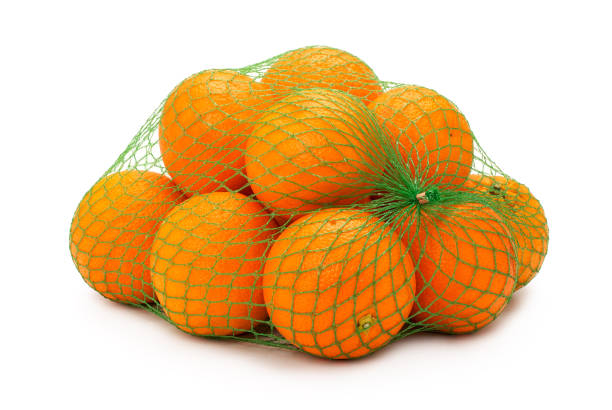Cheesecloth is useful whether you are making handmade cream cheese or your soup which needs a delicate boost from a spice sachet. The flimsy fabric, which resembles gauze, was first intended to remove milk curds for use in cheesemaking. Despite its name, cheesecloth serves more purposes than making cheese.
Cheesecloth is additionally used to strain stocks and custards, bundle herbs, make tofu and ghee, and thicken the yoghurt. Some people also use cheesecloths to separate liquid from a solid. Several printmaking techniques, such as lithography, can employ cheesecloth to clean up gum arabic. Most cheesecloth comes in about seven distinct grades, ranging from open to extra-fine weave.
You must always have it on hand when cooking, particularly if your recipe specifies a certain texture. Nobody wants seed-filled fruit beverages or sour soup!
It’s not always simple to get cheesecloth in the supermarket, and it can be hard to work with. If you run out of cheesecloths, don’t worry, and don’t hop directly to the mart! Thankfully, there are a few superb alternatives that will produce similar outcomes as cheesecloth without the hassle. Let’s check out the top 8 cheesecloth alternatives:
1. Coffee Filters
Whether it is a disposable or reusable coffee filter, it works well as cheesecloth. Its weave is identical to filtering finely ground coffee, albeit slightly tighter. It stands to reason that coffee filters would function effectively when it comes to straining out, given their ability to keep finely ground coffee from your daily coffee.
Compared to using a cheesecloth, the process could take a little longer, but it will still accomplish the desired result. Also, coffee filters are widely accessible. Coffee filters aren’t as strong as cheesecloth, though.
2. Muslin Fabric
A cheesecloth alternative made of muslin works nicely. Muslin has a cotton-like weave that lets the liquid pass while keeping out any unwelcome particles.
No dye will taint the material you are straining thanks to its neutral color. Muslin cloth may be easily altered for any purpose because it comes in a range of weights and thread counts.
3. Cotton Hankies
Another pretty good alternative is a cotton handkerchief. They are typically constructed of linen and frequently have no dyes or colors.
Cotton is made of the same loosely woven fiber as cheesecloth. Making ricotta cheese, a softer cheese is the ideal application for cotton hankies.
4. Sterile Medical Gauze
Cheesecloth and medical gauze have a similar appearance, therefore the material works well as an alternative in an emergency. There’s a good probability that your bathroom or automobile first aid kit has a sterile packed roll.
You can stack it to produce a similar appearance, as it usually seems to be loose and lighter than cheesecloth. The gauze must be trimmed to the proper size so that you can choose the quantity needed to strain different foods.
5. Paper Towels
You almost certainly have a few rolls of paper towels anywhere in your home, whether you use them for mopping up spills or polishing mirrors. If cheesecloth is not available, paper towels can serve as a suitable stand-in.
Paper towels aren’t as strong as washable cheesecloth, so squeezing liquids out when straining does not work as well with them. Paper towels are a great alternative, though, if you want to use them to drain any ingredient.
6. Mesh Bags
Mesh bags are multifunctional and can be easily used for a variety of purposes besides cooking. These can be used as alternatives to cheesecloth. They last a long time, are sturdy and are simple to clean because you can wash them in the same machine as your other clothes.
These kinds of bags are used for coloring, preparing cheese, and producing oat or nut milk. These bags can be used for a variety of things and are endlessly reusable, however, they are usually made of nylon, which does not decompose.
7. Fine Wire Sieve
The functions of cheesecloth can be performed by a sieve, but not simply any sieve, but one that has a fine wire construction. This alternative might be more convenient because you can brace your sieve against the sides of your container during straining, varying according to the size of the sieve.
You can use it to sift ingredients that are in powder form so that they are light and airy when used to make pastries. Using a sieve will rely on the recipe and if the presence of such particles would impact the food’s overall flavor.
8. Pantyhose or Tights
A pair of tights or pantyhose is affordable and widely available. Perhaps a fresh pair is sitting on your dresser side right now. The fact that you can wash your cheesecloth alternatively and reuse it several times as you wish makes this a fairly eco-friendly choice.
As both cheesecloth and pantyhose have tiny textures that allow for straining, they are similar in appearance to one other. Due to the knitted nylon’s ability to remove all solids, your meal will have the nicest texture possible.
The Bottom Line
Making the most out of what you possess is the key to living sustainably. Lacking cheesecloth? Why purchase it when you could use one of the many items you already have? As you’ve seen, there are a variety of alternatives that could be used in place of cheesecloth.
For specific reasons, cheesecloth is indeed an unbleached plain fabric. Whatever alternative you choose from this list, make sure it is non-dyed and, ideally, hypoallergenic. Normal cheesecloth has a tight enough weave to trap particulates while allowing watery liquid to pass through with ease. If the fit is too tight, it keeps every speck and takes an eternity to strain.
Depending on the specifications of the recipe, you will need to choose a replacement; however, you can combine two or more of these substitutes to achieve the desired outcomes. Check your recipe first. Choose the best alternative after learning what your recipe requires. From these eight excellent cheesecloth alternatives, choose the one that best suits your needs.
Hope that this listicle aids you when you most need it and at the appropriate time. Have fun cooking!








